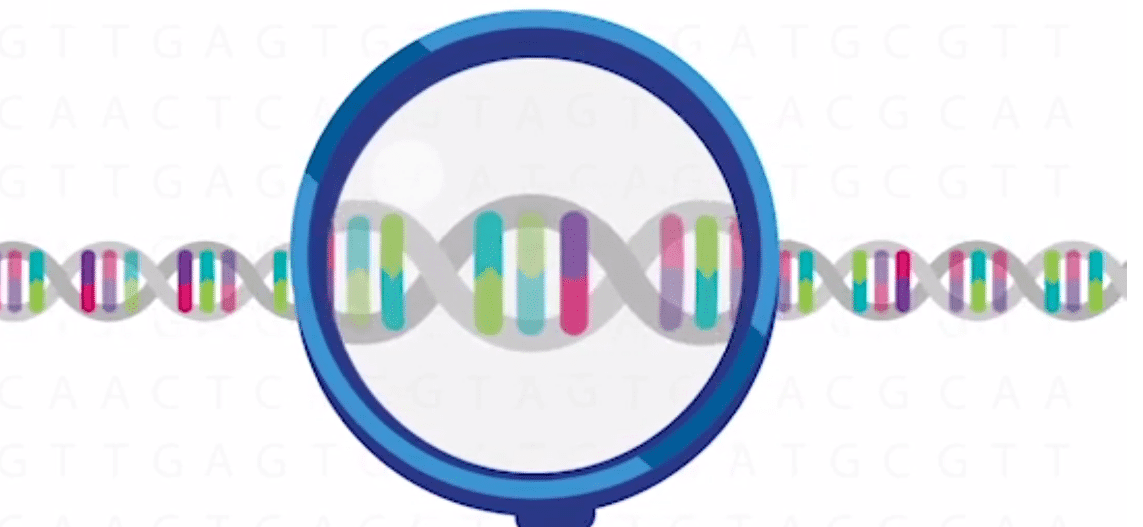
Not many people could survive the harsh conditions of the Sahara Desert. Yet the Tuareg have lived in the the region for millennia.
Free People
The Tuareg call themselves the Imazghan, meaning “free people.” Today they are known for a distinctive dark blue turban worn by the men, and for their long history as gatekeepers of the Sahara Desert. They are a semi-nomadic people who inhabit the West-Central Sahara, which encompasses parts of western Libya, Algeria, Mali, Niger, and some neighboring countries.
The Tuaregs were first mentioned by the ancient Greek historian Herodotus, who spoke of a group known as the Garamantes living in the Fezzan region of southwest Libya that operated trans-Saharan trade routes, connecting the heart of Africa to the North African coast. It is now believed that he was speaking of the Tuareg.
Uncovering a mystery with DNA
Though known to scholars since Herodotus’ depiction thousands of years ago, the Tuaregs remain shrouded in mystery. Their extreme isolation in one of the earth’s harshest environments has made them difficult for cultural anthropologists to study. There have been only a handful of studies published on the Tuaregs’ genetic history, and even these examined only the genetics of western Tuaregs from Mali, Niger and Nigeria. The eastern Tuaregs who inhabit the Fezzan of Libya remain far less studied.
So a team of scientists decided to rectify this lack of genetic data, analyzing the mitochondrial DNA (mtDNA) of more than 100 Tuaregs from the Fezzan region of Libya. Their results are reported in the July issue of Annals of Human Genetics.
A Surprising Haplogroup
The authors chose to analyze the mtDNA for a variety of reasons, but mostly as a way of comparing their results to the previous genetic studies that had also used mtDNA.
After extracting the DNA of the Tuaregs and assigning each individual to a specific maternal ancestry branch, or haplogroup, they found that the majority of Tuaregs fell into the same haplogroup: H1. In fact, over 61% of the individuals bore haplogroup H1.
This piqued the researchers’ interest, mainly because H1 is often thought to have spread with people from the Iberian peninsula across Europe after the end of the Last Ice Age about 12,000 years ago. The results of this study indicate that somehow H1 must have traveled into North Africa as well.
Genetic Isolation
Not only did the researchers find that so many Tuaregs bear the same maternal haplogroup, but there was low genetic diversity among the population overall. This low genetic diversity can be tied to the fact that the Tuaregs are a very isolated people, and it is uncommon for them to venture too far outside their community when looking for a spouse. Indeed it seems that these Libyan Tuaregs are even genetically isolated from their West African counterparts, who showed far less European ancestry and far more ancestry tracing back to sub-Saharan Africa, despite the fact that both eastern and western Tuaregs share a common language and culture.
The authors have used these bits of information to piece together a scenario for the origins of the Libyan Tuaregs.
The Tuaregs Origins
Environmental data reveal that, about 5,000 years ago, the Sahara was quickly shifting from its post-Ice Age period of relative stability and good living conditions to a less stable and more arid environment.
This shift, the authors propose, was responsible for a series of human migrations throughout the Sahara that led different Tuareg groups living in the region to separate. It caused other Tuareg groups to intermingle with neighboring groups. Some Tuaregs, like those in Mali, Niger, and Nigeria, probably had more contact with sub-Saharan West Africans, which accounts for the higher percentage of sub-Saharan maternal haplogroups found by previous genetic studies.
Others, like the Libyan Tuaregs analyzed here, may have met and mingled with groups such as the Berbers of the Mediterranean coast of North Africa. Apparently migrations from Spain after the Last Ice Age, across the Strait of Gibraltar into Morocco, brought H1 into the African continent. It then made its way into the North African Berber populations, eventually finding its way into the Libayan Tuaregs.
And what of the 35% of Libyan Tuaregs with sub-Saharan African genetic ancestry? The authors of this study believe this to be a genetic signature of the trans-Saharan slave trade, which the Libyan Tuaregs famously operated during the 1st century BC, and which brought them to the attention of Herodotus so many years ago.

